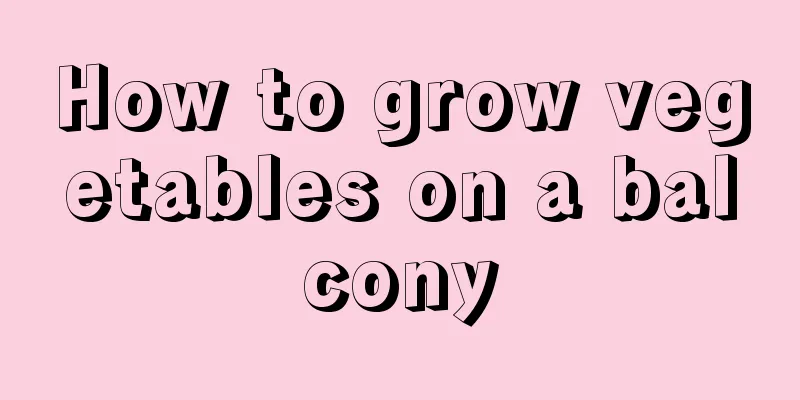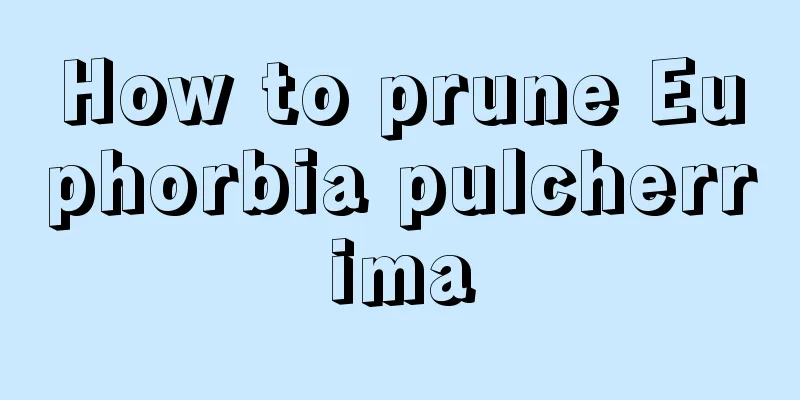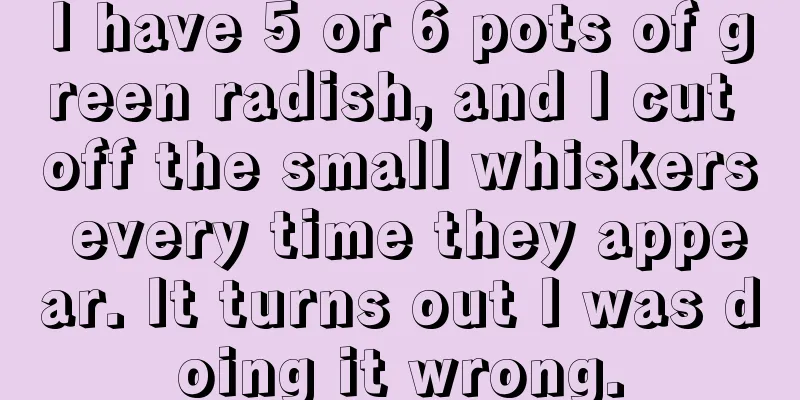Cedar Pests and Diseases and Their Control

Diseases of cedar and their prevention and treatmentBotrytis cinereaThe disease mainly harms the current year's young shoots and two-year-old twigs of cedar, and can be divided into three types: young shoot dieback type, ulcer type and twig dieback type. The prevention and treatment methods are as follows: 1. Cedar is suitable for planting in places with good drainage, ventilation and sufficient light. Avoid planting too densely. 2. Prune and destroy diseased branches in time. 3. When the disease occurs, it is necessary to spray chemical agents such as 1000 times diluted benomyl wettable powder in time for effective prevention and control. Leaf blightForest drought, poor soil, pests and diseases, and improper management may all contribute to the occurrence of leaf blight. The prevention and control measures are as follows: 1. Strengthen management and enhance the disease resistance of cedar. 2. Remove diseased leaves as much as possible to reduce the source of infection. 3. After the ascospores mature, spray 0.3-0.5 degrees Baume lime sulfur mixture, or 65% wettable 3x solution and other chemical agents for prevention and control. It needs to be sprayed 2-3 times, once every 10-15 days. Root rotOccurs in cedar roots, especially new roots. The initial lesions are light brown, then gradually turn into dark brown and black brown, and the cortical tissue undergoes water-soaked necrosis. When the disease is severe, the needles fall off and the entire plant dies. The prevention and treatment methods are as follows: 1. Improve cultivation techniques and strengthen management. 2. When the disease occurs, water the roots with pesticides such as ethylene phosphine aluminum, ridomycin, and dichlorvos. Cedar Pests and Their ControlThe pests of cedar include red wax scale and scale insects. The following are some general measures that can be taken: 1. During the winter, spray 3-5 degrees Baume lime mixture on the branches and trunks. 2. The plants need to be properly pruned in winter and summer, dense and insect-infested branches need to be removed, and ventilation and light transmission need to be enhanced to inhibit insect development. 3. When insect pests occur, spray corresponding chemical agents for prevention and control. |
<<: Diseases and Pests of Clover and Their Control
>>: What are the diseases and pests of daffodils?
Recommend
How to hydroponically cultivate Chlorophytum comosum
Can it be hydroponically grown? The answer is yes...
Will Christmas cactus freeze to death in winter?
1. Temperature 1. Spiders have relatively weak co...
How to grow and what to pay attention to when growing peace trees
1. Soil It is more suitable for growing in fertil...
What fertilizer is best for Ixora
Fertilization time for Ixora The dragon boat flow...
Can four-season plum be cultivated hydroponically?
Selection of hydroponic vessels When growing plum...
How to grow kumquat in pots, teach you how to grow it at home!
Variety selection and raw materials There are man...
Mountain rose cultivation methods and precautions
How to grow mountain roses Matrix If it is raised...
Things to note when growing zinnias
What to do if zinnia grows too tall When zinnia g...
The efficacy and function of Shilongrui
1. Reduce swelling and relieve pain Stonecrop has...
How to trim the gardenia to look good
When is the right time to prune the gardenia? The...
Feng Shui Application of Agave
Five Elements The five elements are what people o...
How long does it take for the leaf cuttings to germinate?
How long does it take for the leaf cuttings to ge...
When is the best time to plant lotus?
More and more gardening enthusiasts choose to gro...
How much water should I give to the lipstick spider plant?
1. How much to water When watering the lipstick s...
How often should I fertilize my green radish? What fertilizer is best for fertilizing?
How often should I fertilize my green radish? The...









